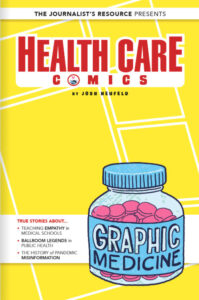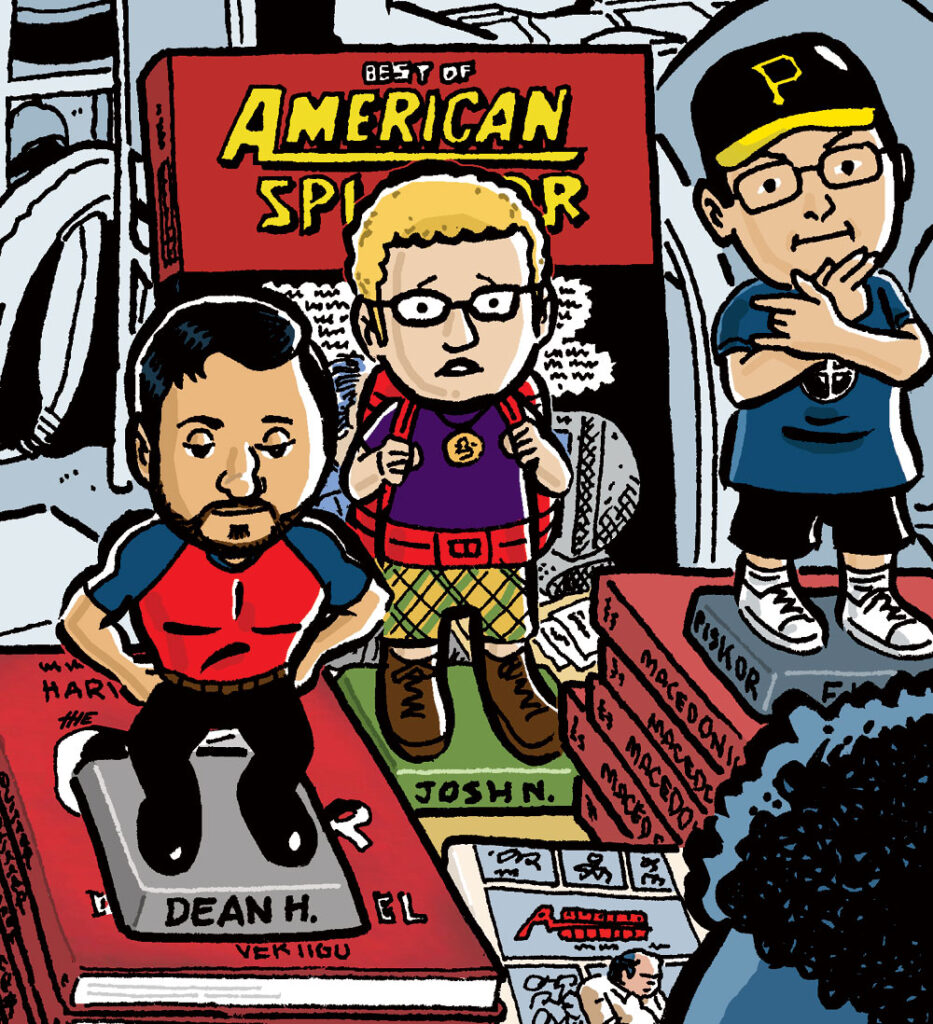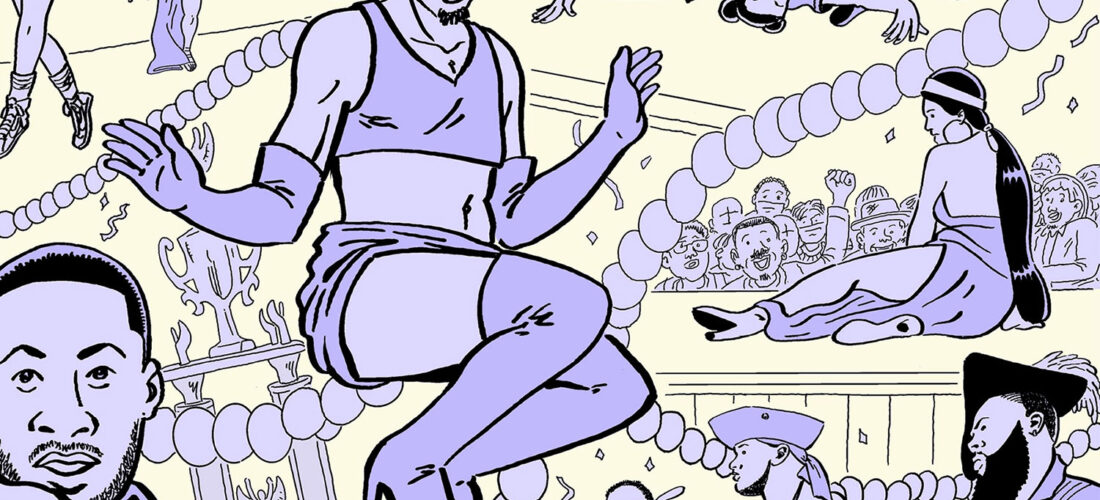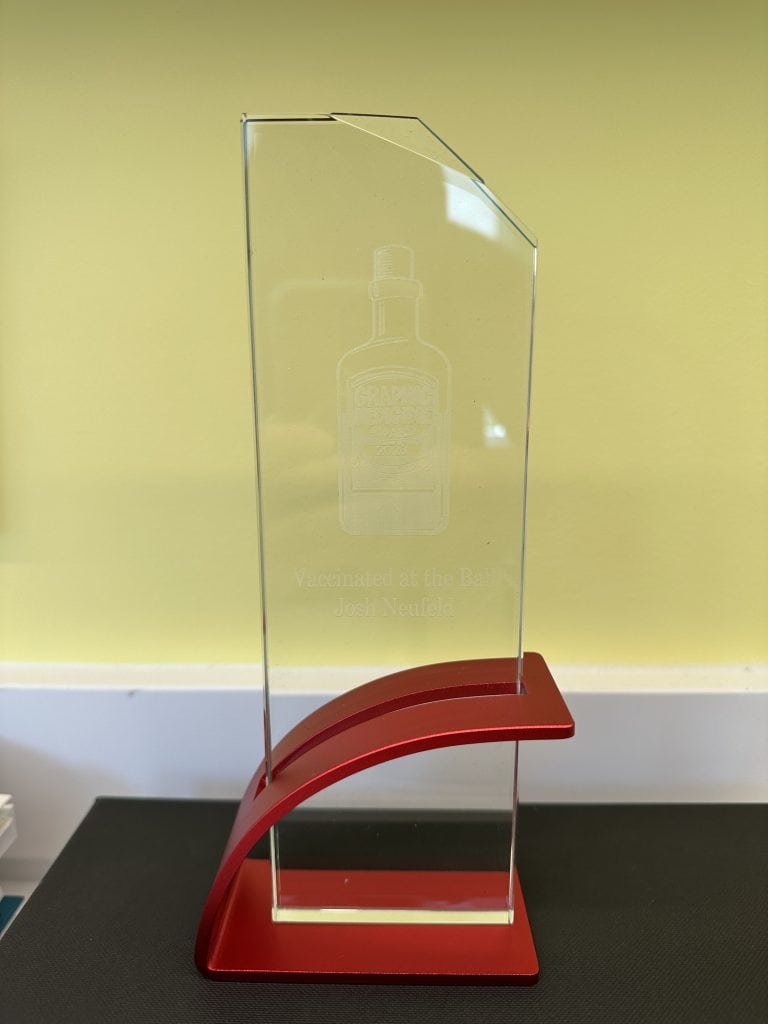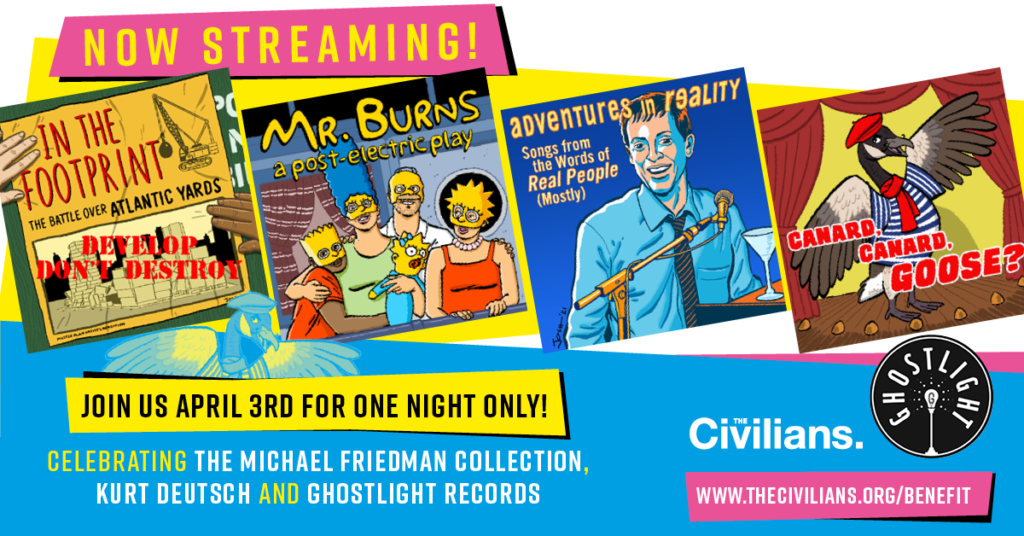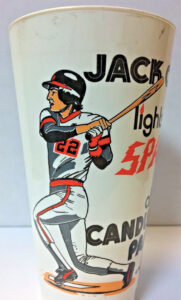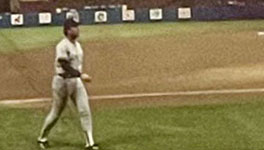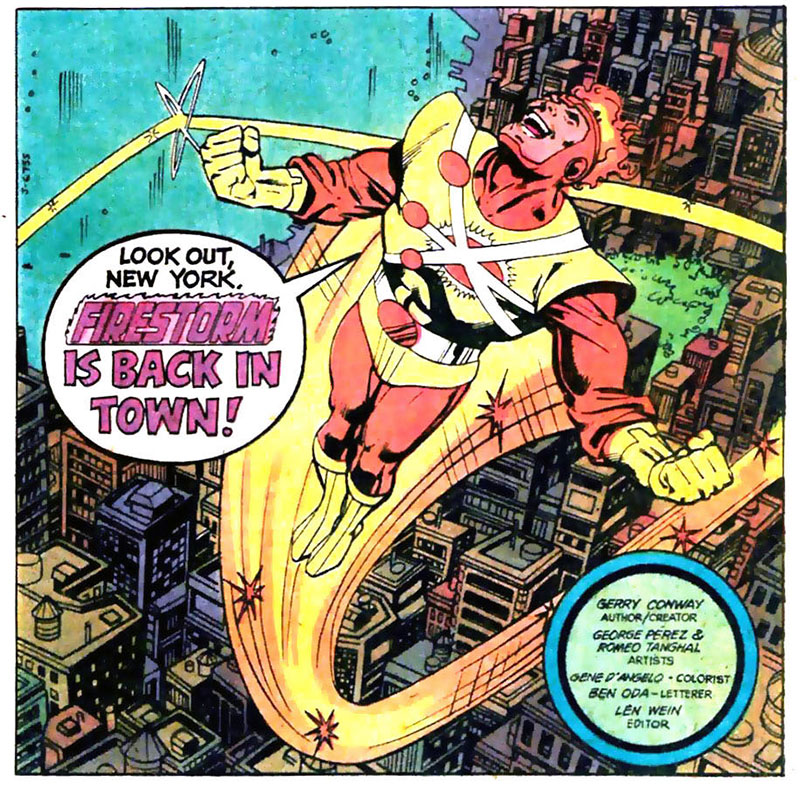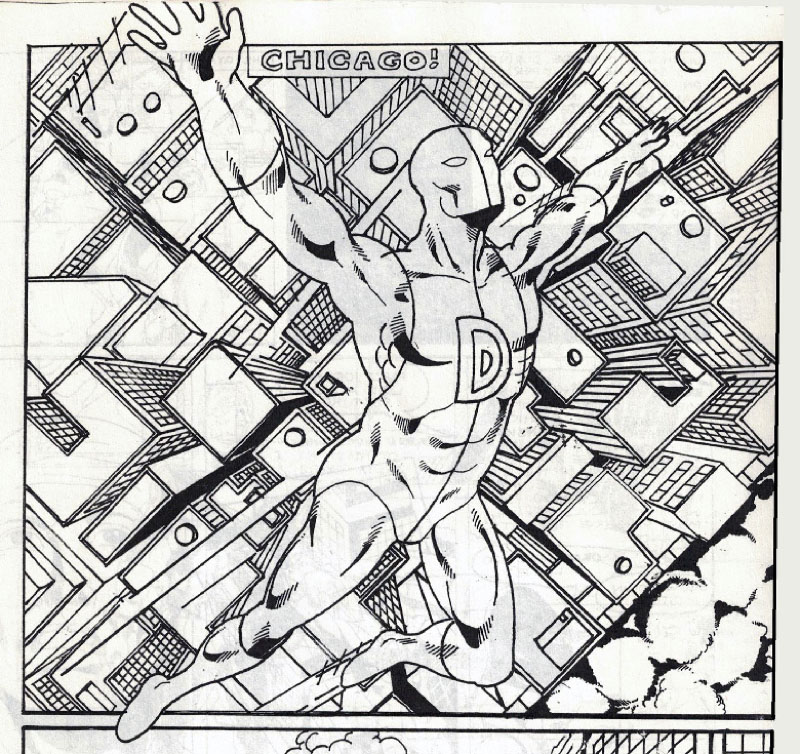The great baseball writer Roger Angell passed away today. He had lived an impressive 101 years. You can read his obituary in the New York Times. This is a slightly edited letter I wrote to him in 2002 (back before my beloved San Francisco Giants won three World Series in five years). I think it still makes a nice testimonial to his work and what it meant to me during my life…
Dear Mr. Angell,
Your books have given me so much joy over the years. They seem to be about so much more than just baseball. For years now I’ve been meaning to send you a “thank you” letter, but I always feel as if I have so much to say that I’ve intimidated myself! So I figure the best thing to do is just start, and see where it takes me. First off, I’m a 34-year-old cartoonist living in Brooklyn. When I first came across your work, I was a 12-year-old pipsqueak living with my mom in San Francisco. So that’s over twenty years ago!
My parents were divorced, and my dad lived in New York, and in the summer of 1977, he introduced me to baseball, by playing catch with me every day after work, taking me to a couple of Yankee games (and teaching me to keep score!), and watching the Yanks with me on TV. By the time I returned home to San Francisco and my mom, I had fallen hard for the game. I started out as a Yankee supporter, but I evolved into a huge Giants fan. Sure, the Yanks were great, with their two recent world championships and all, but they were 3,000 miles away. And who could resist the Giants’ magnificent trio of Willie McCovey, Vida Blue, and Jack Clark? I remain a Giants fan to this day. I still root for the Yankees, too (since the two teams are in different leagues), but when push comes to shove, I favor the Giants by a broad margin.
It was tough being a Giants fan in the early 1980s, when I moved with my mother back to my birthplace of New York. For one thing, in those pre-Internet, pre-sports radio days, it was nearly impossible to get the West Coast scores until late the next day. So frustrating! Secondly, all my friends were Mets fans, and despite both teams being pretty awful, my “pals” found nothing more enjoyable than razzing me about every Giants loss—especially when it came at the hands of their beloved Mets. But, what can I say? I’ve always been an underdog sort of guy, and given the Giants’ perennial also-ran status, that makes them pretty irresistible.
Baseball seemed to answer so many questions for me during that period of my life. Back in San Francisco, I spent more time than was healthy parked in front of the radio (we didn’t own a television), listening to Hank Greenwald and Lindsey Nelson give the play-by-play, as I kept pace, keeping score on my own custom-made scorecards. I got endless satisfaction from the stats, the computing of averages, and the comparisons of players from one era to another. There was comforting reliability to baseball statistics: the whole world fit into these little boxes, everything had a scoring symbol or a slot to fit into, and in my itinerant youth (my mom, a college professor and artist, took me with her to jobs in San Diego, San Francisco, Halifax, Vancouver, and finally, in the summer of 1980, back to New York), this dependability meant a lot.
I always loved playing baseball, too, although I never got very good at it. In San Francisco, the neighborhood kids and I were crazy about our version of stickball (with a wooden bat and an old tennis ball). And even my two or three years of Little League ball were fun, although I wasn’t much of a hitter (and not much better as a pitcher).
Until I came across The Summer Game, my exposure to baseball writing had been confined to juvenile fiction and simplified biographies of stars such as Hank Aaron, Jackie Robinson, and Joe DiMaggio. You know the kinds of books I mean: bland histories where every chapter offers a life lesson. Or the fictional stories, which always seemed to be about that terrible Little League team that over the course of a long summer comes together, bonds, and goes on to win the championship against incredible odds.
Well, stumbling across The Summer Game (sometime in 1978, I believe) was like opening my eyes to a whole new world. You brought the lyricism of the game to my attention. Even though I was far too young to really appreciate the beauty of your prose, your easy, colloquial style, your love of the quiet moments between the actions, your appreciation of the weather, the stadium, the fans around you: all of this was captivating to me. I’ve re-read your books many times over the years, from my adolescence in New York, to my college years in Ohio, and during even a stint in Prague, the Czech Republic! Since then, I’ve lived in Chicago, back in San Francisco, and now am back “home” in Brooklyn, always with your books in tow.
When I first read your books, I was absorbed by the inside-baseball; the quotes from the stars, the feeling I was vicariously getting to know these superstars (and benchwarmers too). Even at age 12, I was an avid reader of the sports pages, and it seemed to me that the players quoted in there didn’t have the ability to form complete sentences, rarely anything other than the typical clichés about giving “one hundred and ten percent,” taking it one day at a time, etc., etc. But when you spoke to those guys, they seemed real: thoughtful, opinionated, humorous, human.
And of course I loved the way you brought the big games to life, your annual recap of the pennant races, the playoffs and the World Series. It didn’t matter if I had followed every game myself. Somehow you brought those moments back, capturing the drama, the tension, the whole atmosphere. I realize now that it wasn’t the suspense of the unknown that I craved, but the sense that during those moments, this game was the content of my entire world.
Over the years, as I’ve re-read The Summer Game, Five Seasons, Late Innings, and Season Ticket, I’ve come to appreciate your abiding humanism, the way you continually embrace the changing playing field of major league baseball. In the face of greedy players & owners, astronomical salaries, stadium scandals, contraction, and the nearly endless postseason, your love of the game and its participants has never waned. Somehow you’re able to express your concerns, to plainly state why you think the most recent “innovation” does the game a disservice, and yet maintain the generosity of spirit and perennial optimism to know that baseball—the game itself—will persevere. Nay, triumph!
I feel like I’m just going on and on, so I’ll cut this short. I hope this letter brings you some satisfaction—It’s the least I can do to repay you for all the wonderful hours of enjoyment and education you’ve provided me all these years.
Thank you again; as always I look forward to your next baseball piece in The New Yorker.
Sincerely yours,
Josh Neufeld

